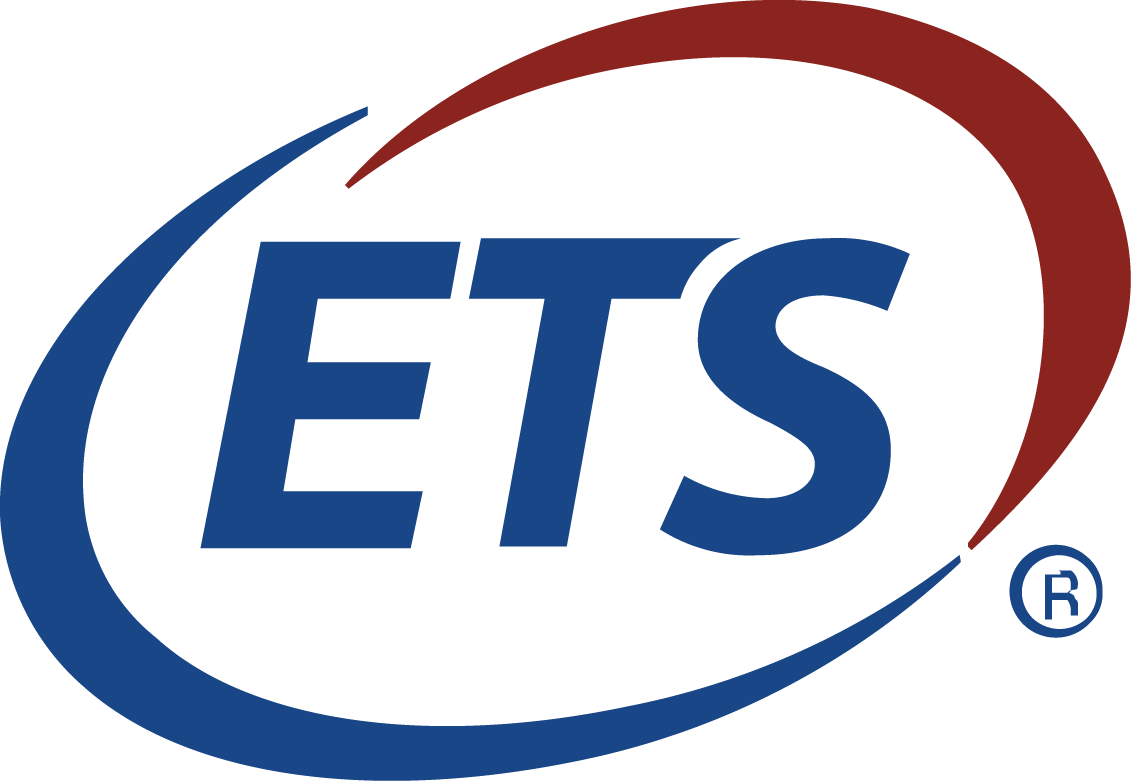CTE in 2025: The Evolving Pathway to Opportunity in a Tech-Driven World
The adaptation, growth, and potential of Career and Technical Education (CTE) is an intriguing storyline worth paying attention to in 2025. The popularity among high school students enrolling in CTE programs (8 out of 10) indicates a general awareness that CTE-related coursework correlates with future opportunities and technology advancements, including AI, that will play a substantial role in tomorrow’s work environments. Gone are the days when CTE represented an alternative-only vocational pathway. Today, CTE could be considered the “opportunity mechanism” for all students regardless of pursuits. Whether an individual is seeking a job placement straight out of high school or furthering career pathway exploration and expanding in community college and university environments, CTE’s application is far-reaching in possibilities and connective relevance.
Historical Evolution
In some respects, vocational labeling dates back to the Smith-Hughes National Vocational Education Act of 1917. At that time, the original federal aid program provided states vocational education in agricultural and industrial trades that were in high demand. It formed a strictly defined “other” pathway that funneled and labeled those to vocational tracks in contrast to academics. The Carl D. Perkins Vocational and Technical Education Act (Perkins Act) followed, gaining momentum in 2006 and further augmented in 2018 to redefine more modern needs. Swapping vocational for career and technical education, present-day Perkins V sets aside approximately $1.4 billion in federal aid with additional state funding to build out a vast array of programs.
Modern CTE comprises many career areas in 16 career clusters that apply to high-demand jobs, from Health Sciences and Information Technology to Manufacturing and Agriculture. It concentrates on hands-on skills that involve specialized learning that is flexible in application. CTE is taught in middle, high, and higher education environments, often in community colleges, which can lead to certification.
Trade pursuits are still a strong component of CTE learning, but today, it includes a hefty dose of emerging technologies. As a result, CTE is undergoing a transformation driven by fast-evolving technologies, workforce demands, and the need to fill equity gaps. As schools and institutions recalibrate to prepare students for tomorrow’s jobs, CTE programs are becoming blinking welcome signs of possibilities screaming for attention. With nearly 12 million high school and post-secondary students enrolled in CTE programs annually, the potential to bridge the skills gap and offer equitable career pathways has never been more evident.
AI Innovations Reshaping CTE
The CTE landscape is quickly adapting to the accelerated demands of an increasingly digital and automated world. For instance, it’s hard not to ignore the recent news of a proposed five-year, $500 billion investment in Stargate AI as an indicator of tech advancement requiring CTE-related skill sets. According to the Associated Press, the partnership includes OpenAI, Oracle, and SoftBank as key players in an initial $100 billion investment to build Texas data centers and electrical facilities. Outside of the immediate job openings necessary, this incredibly large investment in AI advancement points to a growing trend in AI that will inevitably shift how CTE programs are developed. According to eSchool News, these trends of cutting-edge technologies will mix with the expansion of work-based learning opportunities with student equity at the forefront to shape the future of CTE.
Emerging fields like AI and robotics are entering CTE curricula. Schools are realigning their programs to reflect industry needs, offering students hands-on experience with contemporary tools and technologies that prepare them for in-demand careers. At the same time, work-based learning initiatives, such as internships and apprenticeships, are expanding to provide real-world application of classroom concepts. These opportunities are critical for students to develop practical skills and build professional networks, enhancing transitions into the workforce.
Changes and Challenges
CTE is a complex weave already experiencing AI's effect on changing the cluster framework of programming in 2025. Many obstacles exist in determining whether or not implementation can keep up with the fast demands of rapidly evolving work environments. As the advocacy organization Advance CTE and the not-for-profit Bipartisan Policy Center suggest, additional federal funding will be necessary to ensure programs evolve successfully, including areas within states with less established programs and access to specialized teachers.
Attracting and retaining skilled instructors will remain a significant challenge for all programs. Innovative strategies that offer competitive salary solutions, create more mentorship programs, and provide ongoing professional development are part of the mix. Taking advantage of Grow Your Own (GYO) initiatives represents a solution that encourages industry professionals to enter the teaching field of CTE through subsidized certification programs.
The value of CTE lies in its ability to connect education with the future of work. It offers students opportunities to explore careers, gain practical experience, and earn industry-recognized credentials. CTE directly links learning to employment, which today’s students crave, and industries need. It also addresses equity challenges, ensuring students from all backgrounds and financial situations have access to high-quality training. These programs are no longer just an alternative to traditional academic pathways but a complementary approach that enhances graduation rates, student outcomes, future employment opportunities, and hopeful exploration.
As the world of technology accelerates, CTE programs will continue to find themselves at the epicenter of this fast-moving change. How the education ecosystem and funding mechanisms respond will determine the fruitfulness of future programming and the far-reaching benefits they intrinsically contain.













